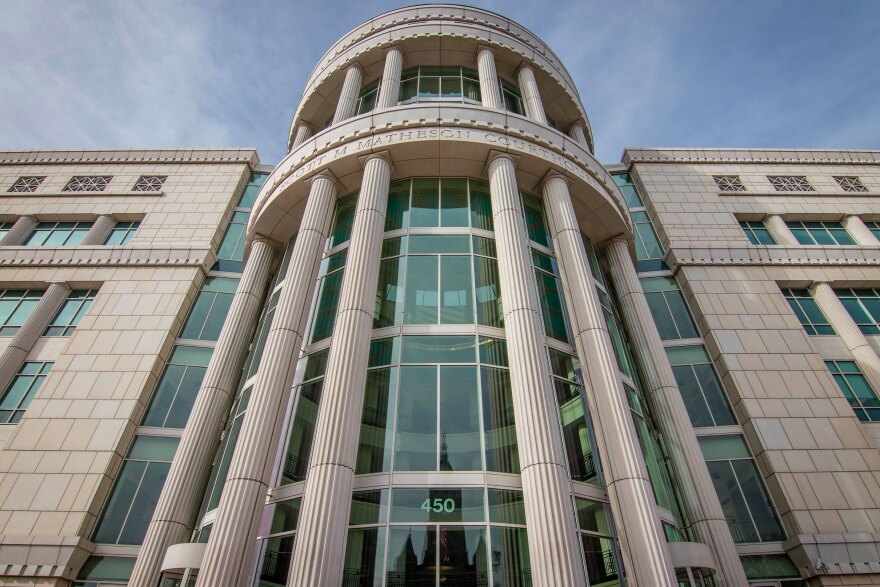The Utah Supreme Court has agreed to hear a case questioning if the state’s newly instated congressional district maps are constitutional.
The gerrymandering brawl started in 2018 when Utah voters approved Proposition 4, which established an Independent Redistricting Committee to draw new congressional maps. Following the decennial census, the Constitution requires congressional districts to be updated to reflect the current population and demographics.
Instead of implementing maps drawn by the independent committee, Utah lawmakers passed their own boundaries in 2022.
That sparked litigation. In March of 2022, the League of Women Voters, Mormon Women for Ethical Government, along with several Utahns, filed a lawsuit against the Utah Legislature, the Utah Legislative Redistricting Committee and Lt. Gov. Deidre Henderson claiming the maps are illegally gerrymandered.
The new maps, which went into effect on Jan. 1, 2022 split Salt Lake County — the largest Democratic voting block — into four districts.
Mark Gaber, senior director of redistricting at the Campaign Legal Center, said the maps ensure “more conservative Republican voters” from rural parts of the state will “always overwhelm” Democratic voters in the Salt Lake City area.
“It has the effect of ensuring that Democratic voters or moderate Republican voters in the urban area will never have the opportunity to vote together as a cohesive unit to elect their candidate of choice,” he said.
The plaintiffs argue a partisan gerrymander violates “the right for Utahns to reform their government,” under the state constitution.
The state is fighting to keep the current maps intact.
In a motion to dismiss the lawsuit from May 2022, lawyers representing the state said “the Utah Constitution places the authority and discretion for redistricting solely with the Legislature,” and that the plaintiffs' claims “boil down to political disagreement,” which should not involve the courts.
They added there is nothing in Utah’s Constitution, or judicial precedent “to suggest there is a right to voting outcomes based on one’s political affiliation.”
The motion to dismiss was rejected by Third District Court Judge Diana Gibson in October 2022.
But the lawsuit will no longer be tied up in the lower courts. The case will jump right to the Utah Supreme Court after state lawyers filed and the highest court granted the appeal earlier this week.
In a statement to KUER, House Speaker Brad Wilson and Senate President Stuart Adams said they were “pleased the Utah Supreme Court granted permission for an interlocutory appeal on the redistricting case,” and that they “look forward to presenting our arguments to the court.”
A hearing has not been scheduled and it’s unclear if a ruling will come before the 2024 election.
Gaber and the League of Women Voters weren’t surprised by the Supreme Court’s decision, although he said he would have liked to see the case move up through the courts and not go straight to the top. He added the legality of partisan district maps is a topic that hasn’t been in front of the Utah Supreme Court.
“This is a new issue in Utah courts and it’s also very interesting,” Gaber said. “I wouldn’t necessarily be celebrating if I were in the Legislature. I think that the district court's decision was on very solid ground.”





